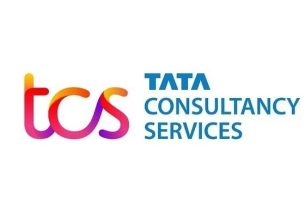Both funders and clients need to be able to measure the impact of their credit activities
While its contribution to GDP may have declined, the South African mining and resources sector is a systemically important part of the domestic economy. As such, continued innovation from operators, explorers and financiers will be key in driving the next phase of our economic recovery.
Much of the economic rebound and boost to the South African fiscus in 2021/2022 can be attributed to a windfall from the minerals and resources sector, taking the below into consideration:
- Mining contributes approximately R220 billion to the GDP each year
- In the 2021/22 tax year, mining contributed R127 billion out of R318 billion in tax collections
- 24.1% of South Africa’s export revenue is attributed to primary mineral exports.
The numbers do not lie. When the mining sector works, the broader South African economy kicks into higher gear.
The theme for the 2023 Mining Indaba focuses on three pillars: Stability, Security and Supply. For these to exist, closer relationships between funders and operators are paramount.
Absa has been a major supporter of domestic mining projects and as the industry ushers in a new sustainability-focused era, we expect to see a variety of innovative transactions come to fruition in 2023 and beyond.
With buoyant commodity prices, increased investor confidence, strong balance sheets and many resource businesses wishing to diversify their operations, we expect corporate finance activity to be strong over the next 12 months.
Cost-effective capital solutions will be a major talking point for mining executives, and this is where we see an interesting dynamic starting to unfold.
Historically, mining organisations have been guided by legislation to govern their licence to operate. Over the last few years, we have seen the rise of Environmental, Social and Governance (ESG) frameworks begin to take shape and inform how stakeholders — including investors, regulators and finance houses — analyse and consider transactions.
Industry insiders speak of a curve where an organisation will move from their obligations (what they are expected to do) through to operational efficiencies (what is smart to do) before moving to industry leadership, where they focus on enhancing their businesses through innovation and new business models. In South Africa, examples of the last phase are where mining and resource businesses are now being tasked with not only ensuring they have enough power for their operations but being able to supply back into the grid or surrounding communities as part of a broader sustainability mandate.
As sustainability linked financial products come to market, the focus on standardised reporting frameworks, monitoring and evaluation of compliance will increase. It is not enough to simply lend for a capital project, or to finance a transaction — funders and clients need to be able measure the impact of their credit activities. This is one of the areas where Absa has invested a significant amount of resources in growing its skills and capabilities, both in South Africa and across the broader continent.
We are entering an exciting new era for the resources sector, an era which will give Absa the opportunity to deliver sustainable, innovative solutions for our clients.
Chetan Jeeva is Head of SA Corporate Lending, Absa CIB



